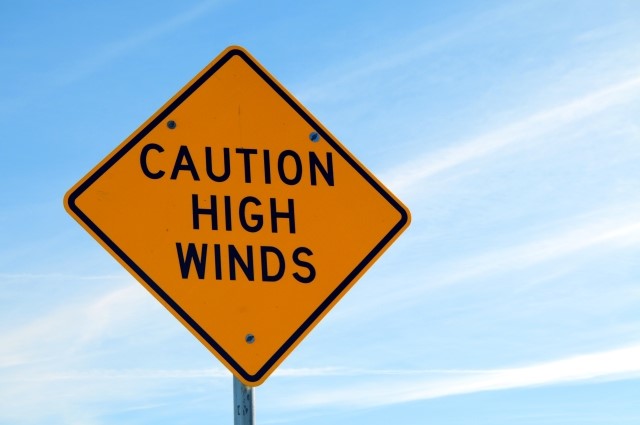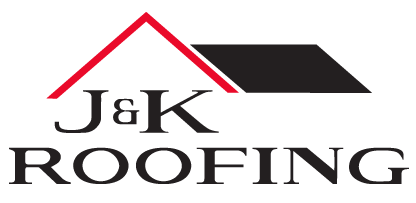
Colorado Storm Season: The Science of Wind and How to Prepare Your Roof
When people think of Colorado, they most likely think of beautiful snow-capped mountains, summer hiking and camping, and abundant sunshine. They may not be aware that Colorado also has periods of intense storms, including hail and highly dangerous wind storms that pass through regularly.
If you think it’s been unusually windy across the Front Range, you’re right! This past April, there were multiple recordings of 100+ mph winds around Frisco and Fraser. The strongest wind gust on record in Colorado is 201 mph atop Longs Peak! A Colorado wind storm can be just as strong and damaging as a Colorado hail storm.
What causes such strong winds in Colorado? And how can you prepare for a Colorado wind storm? Having a basic understanding of both can help you keep your family and property safe from harm and potential damage.
When Do Wind Storms Occur in Colorado?
There isn’t a single, clear cause for the increased winds this spring, as wind is one of the more challenging weather elements to model and forecast. Typically, average wind speeds November through April are 8.3 mph. The calmest month of the year for wind is August, with an average wind speed of about seven mph. That doesn’t mean wind doesn’t cause problems throughout the rest of the year. We’ve had multiple storms across Colorado that have ranged 60-100 mph. Wind often comes with heavy thunderstorms and can add to property damage resulting from a storm.
What Causes High Winds and Wind Storms?
Wind is a common and natural aspect of living in Colorado. Strong, cold winds tend to be most common during winter months and early spring, and two primary factors cause them.
The first is a difference in pressure between strong low-pressure and cold high-pressure systems. When these two systems meet or when one experiences a significant shift in temperature, the cooler air will begin to move and cycle the cool and warm air in that area, creating strong gusts. The sun also plays a part as it shines on various peaks and valleys, creating these substantial temperature differences.
The second factor is Chinook winds, which often bring extreme increases in temperatures as they move from west to east across the mountains. As they pass over the Rocky Mountains, they can often bring warm, dry air and create strong gusts due to the different temperatures.
How You Can Prepare for Wind Storms in Colorado
You don’t have to be outside in the wind to know that strong gusts are coming. It’s not uncommon for the National Weather Service in Boulder to issue a wind advisory in Colorado. A Colorado high wind warning is usually announced for two reasons:
- Sustained winds of 50 mph or greater, or gusts of at least 75 mph in the mountains
- Sustained winds of 40 mph or more or gusts of at least 58 mph at lower elevations
Just as you would prepare for hail storms, you can prepare for wind storms, too:
- Pay attention to the weather.
- Survey your property for potential damage that could occur as a result of wind.
- Secure outdoor furniture and possessions. Bring lightweight objects indoors or tie them down.
- Take shelter inside. Bring your pets inside to keep them safe.
- Don’t approach any downed power lines.
- Be ready for a possible power outage.
One of the best ways to prepare your home for strong winds is to know that your roof and home’s exterior are ready for whatever Mother Nature has in store. Have at least two yearly roof inspections, in the fall and spring, and also after any major storm.
What to Do When a Wind Storm Takes Place
Since Colorado weather can change at the drop of a hat, you may not always be 100% prepared for a strong wind storm. Knowing what to do if you’re caught in one can save you from incurring significant property damage, and it can also save your life.
Take shelter, and avoid any dangerous areas where flying debris may cause damage, like windows and glass doors. You may need shelter in a basement or cellar for extra protection. Don’t stay in a mobile home or camper that could be blown over or lifted by strong gusts.
Similar to a snow or hail storm, if you’re caught driving when a wind storm, make sure to slow down and take your time. Your visibility may be impacted by the high winds and the dust that gets stirred up.
Most importantly, stay calm. Wind storms in Colorado don’t tend to last too long, but they can be scary and incredibly dangerous.
Wind Can Cause Damage to Your Home or Building
Homeowners are often surprised to hear that wind can cause damage to their homes. High winds can cause hazards to your property and surrounding areas including issues like fallen tree branches, uprooted trees and downed power lines.
While these dangers are what we picture after a big storm, the wind itself can also result in structural damage to your home. When high winds hit a roof, shingles can loosen or fall off. If wind speeds are very high, even new, secure shingles can tear away. Roofs are susceptible to wind damage because wind does not hit roofs uniformly. Winds tend to catch edges and areas on the roof that may already be loose.
How to Identify Wind Damage
Signs of wind damage to your roof include: loose or missing shingles, curling or peeling shingles, chimney issues, damage to soffit or fascia, and leaks. If you have a flat roof you may notice cracks or tears in the rubber. You may also notice granule loss from your shingle roof in your gutters or around your downspouts.
We Can Help
If you’ve recently experienced high winds in your area, we recommend scheduling a roof inspection. It’s free, and can identify any issues that may need repair.
J&K Roofing is an experienced team that deals with storm damage, including roofing and exterior issues caused by hail, wind, rain, snow, electrical lines, trees and debris. We provide service to the Denver Metro, Front Range, Colorado Springs, and Fort Collins areas. Let’s talk about how to keep your home safe and secure throughout all of Colorado’s changing weather! Get in touch with us today by clicking here or calling 303-425-7531.
